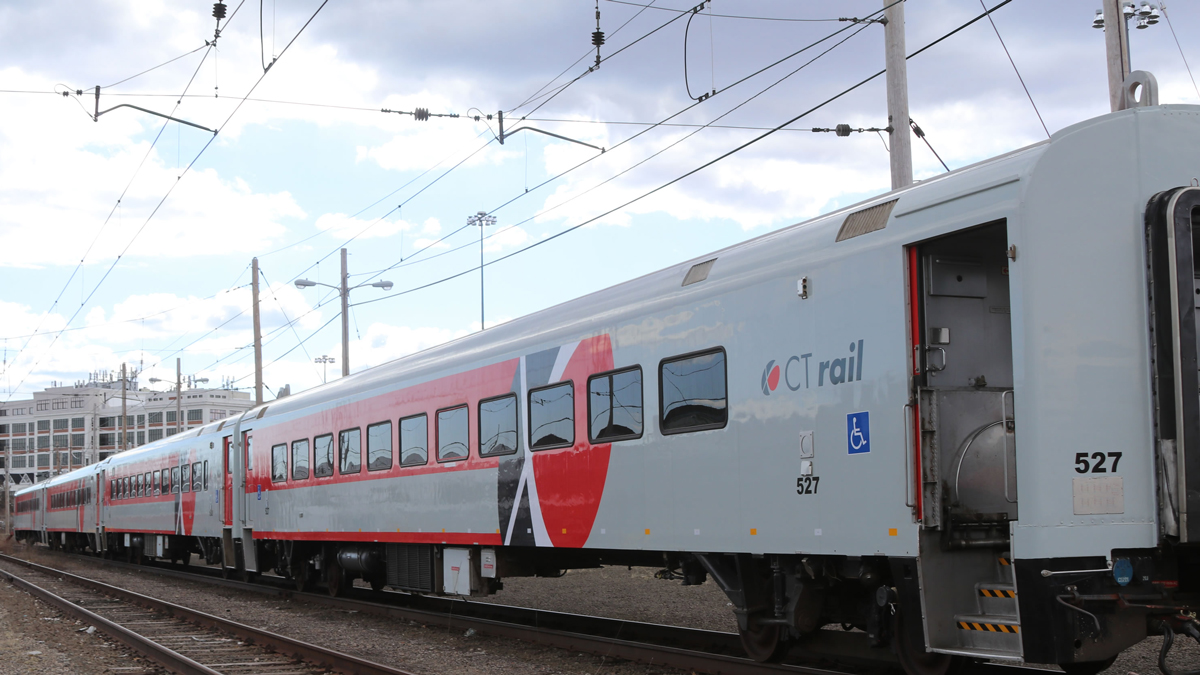The Connecticut Department of Transportation plans to test technology designed to stop wrong-way drivers.
NBC Connecticut Investigates first reported on the issue in 2017. At the time, DOT said the technology could be in place in as soon as six months.
But determining where to put it has been more challenging than expected.
"There's not the specific hotspots. There aren't data where it's happening, so it's kind of happening in different locations and different areas," said Erika Lindeberg, of the DOT's Division of Traffic Engineering.
Since 2017, there have been 177 wrong-way crashes on divided highways in Connecticut, resulting in 15 deaths.
Wrong-Way Crashes on Divided Highways 2017-present
Data courtesy of University of Connecticut
The technology Connecticut wants to adopt is similar to the system currently used in Rhode Island.
Local
"The intention to that driver is to get them to turn around on that ramp and correct their action and continue back in the proper direction," said Lindeberg.
When a sensor detects a vehicle going the wrong way up an off-ramp, red flashing lights are activated. If the driver fails to turn around, a second sensor is triggered. That brings up a video feed inside RIDOT's Traffic Management Center. If the driver continues in the wrong-direction, another radar triggers an audio alert inside the control center and state police are notified.
Rhode Island installed the devices at 24 exit ramps around the Providence metro area. Chief Civil Engineer Steven Pristawa said the department looked at geography and crash statistics and used a little bit of guesswork to determine where they should go.
Since the technology was installed in 2015, there has been one crash in those areas, Pristawa said.
Connecticut’s DOT spent the last two years analyzing crash data and 911 calls but has so far identified only one location as a possible hotspot for wrong-way crashes: the exit 8 off-ramp from Interstate-84 west in Danbury.
The Department said there have been three wrong-way incidents in that area since 2015. The new technology should be up and running in the fall.
"We want to try to get these out as soon as we can," said Lindeberg. "It takes some time to get the infrastructure in place, get all of the technology in place and get this to all come together."
DOT is also rolling out traffic cameras at various intersections across the state that can detect wrong-way vehicles.
Success in Other States
Several other states use similar technology to detect and deter wrong-way drivers.
The Texas Department of Transportation started using a system called TransGuide in the San Antonio area in 2012. In addition to radar sensors and flashing lights, the system also posts warning messages on the digital highway signs to alert drivers in both directions of potential danger.
In the first four years, TransGuide reported a 35% reduction in wrong-way driving events.
The Florida Department of Transportation has two separate pilot programs underway. Since installation in 2014, there have been 112 wrong-way incidents on the Florida Turnpike, FDOT said. In all but three of those, the driver self-corrected. There was one fatal crash.
Two years ago, FDOT installed similar countermeasures on six exit ramps along Interstate-275. The system has been activated three times and all of those drivers self-corrected. FDOT said it is planning to expand the pilot program to other areas of the state.
The Arizona Department of Transportation implemented a pilot program along a 15-mile segment of Interstate-17 in Phoenix. ADOT says the system uses thermal cameras to detect and track wrong-way vehicles. It went live in January 2018. To date, ADOT said, the system has detected more than 60 wrong-way vehicles. The majority of those drivers self-corrected.
In late 2018, Michigan's Department of Transportation began using LED warning lights to alert wrong-way drivers. MDOT said there have been no wrong-way crashes reported since the program was implemented. MDOT considered crash history and roadways with a unique layout when deciding where to place the signs.



